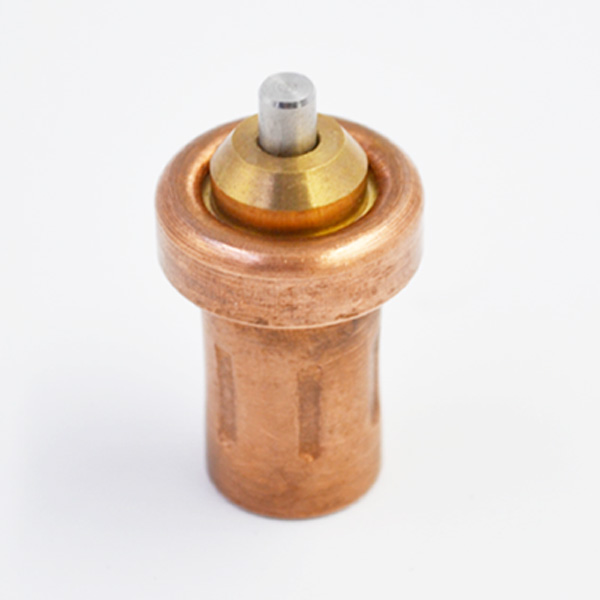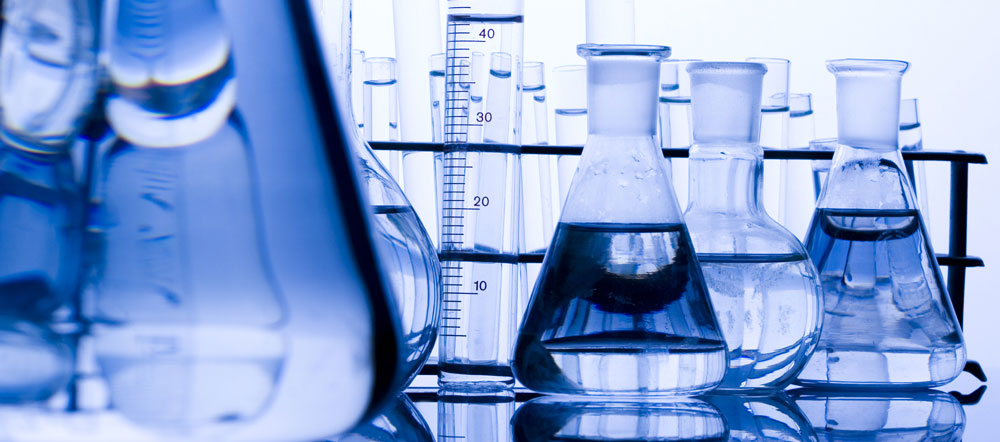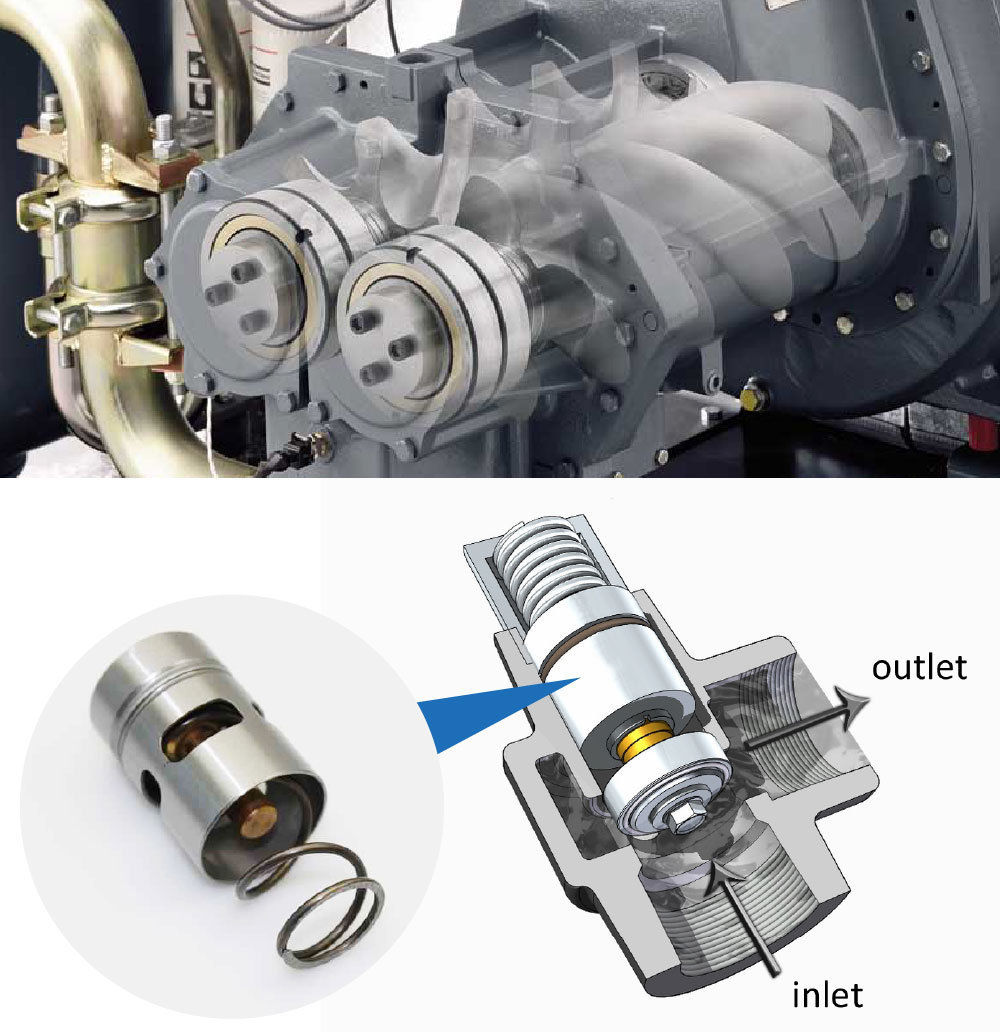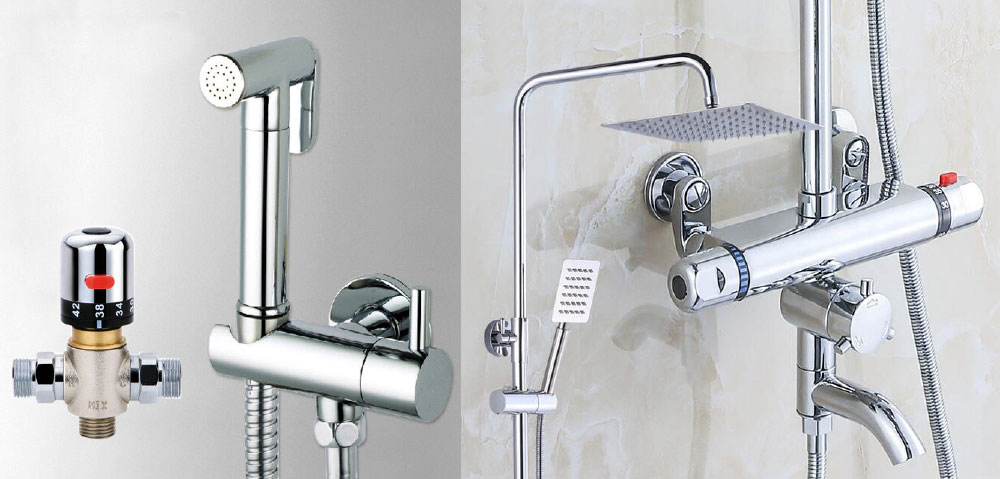The automatic washing machine also has some special characteristics for clothing: small abrasion, large washing capacity, water saving, convenience, etc. more and more families like this type. With the development of society and the improvement of living standards, people have new requirements for the interaction of fully automatic washing machines. In order to meet the requirements of the people, this paper detailed a simple automatic washing machine controller designed by the author.
According to this controller, thermostatic element laundry mode and water level can be adjusted manually. It can be accomplished at one time from washing, rinsing and drying. It also has the function of automatic water level control. There are two laundry methods, fast and slow, 12 minutes fast and 8 minutes slow.

The system takes STC89C51 as its core and displays the remaining time in the current state with LCD 1602. The working state is displayed by six light-emitting diodes, and the system will work in the process of “water intake-washing-effluent-rinsing-> dehydration” after starting. The special control chip lg9110 is used for motor. When the motor is in the “washing and rinsing” state, the motor continuously alternates positive and negative; when it is in the “dehydration” state, the motor turns forward.
After electrification, the system starts to work by pressing the “Start” button after choosing the laundry mode, and the “Intake” indicator lights emit light, while the LED shows the mode of laundry and the total remaining time of laundry. When the washing is completed, the water outlet lights emit light. When the water outlet is completed, the water outlet lights turn off, the water inlet lights light up, the water inlet relay and the indicator lights turn off and rinse.
When the washing indicator lights are shining, the washing machine motor performs a positive and negative reverse movement; when the rinse is finished, the motor stops, the water relay and the indicator light are shining, after the water is discharged, the water outlet relay and the indicator light do not turn off, the motor starts to turn all the way, starts to “dehydrate”, and the dehydrating state indicator lights shine until the dehydration is completed, and the indicator BUZ1 is issued to indicate the sound, and the system is finished. The smallest system of MCU includes MCU, clock circuit and reset circuit. Many problems are also considered in the selection of components and monolithic units. Because of more programs, I chose 89C52 MCU with larger memory.
In the reset circuit, I searched a lot of information, and according to the charging and discharging time, I also chose 10K resistance and 10uF electrolytic capacitor. This design adopts the 12MHZ crystal oscillator, and uses the principle of capacitor impulse discharge to set the reset circuit. This system uses LCD1602 liquid crystal display. At first, I wanted to use LED display, but the reality is not that I need to display the data, and when displayed, there is no LCD so clear, I can see what data is displayed in a glance.
Relatively affordable in price. So LCD1602 was chosen. On the motor drive module, I chose not to choose the main driving chip of the lm298 stepper motor, but chose the lg9110 DC motor drive chip, mainly because I used DC motor, because when the washing machine was dry, it needed a very fast speed. Although the stepping motor was very powerful, it was easy to be controlled by the speed, but the speed was too slow, so I chose the DC motor.
And lg9110 is the main driver chip of his DC motor, so it is chosen, but it needs more rated current and larger driver chip in use. The hardware debugging is shown in Figure 1. After continuous discovery and problem solving, the prototype has been completed. There are many problems encountered in the debugging process.
There are problems in program design and hardware design is not rigorous enough.

From the debugging of the prototype, we can see that we can basically see that we can finish the task in the task book. This design mainly studies the design of the washing machine controller, mainly studies how to control the design, so as to realize the design of the automatic washing machine.
The first step is to understand the washing machine, understand the needs of customers, and study what type of washing machines the customers need now. As I investigate and check the information, I now need the following: human-machine interaction is strong, easy to use, water saving, simple operation, washing, rinsing, drying and drying at one time.

According to my investigation and research, I have designed a set of automatic washing machine control under my ability.

This controller can be used to control all the movements of the washing machine.
